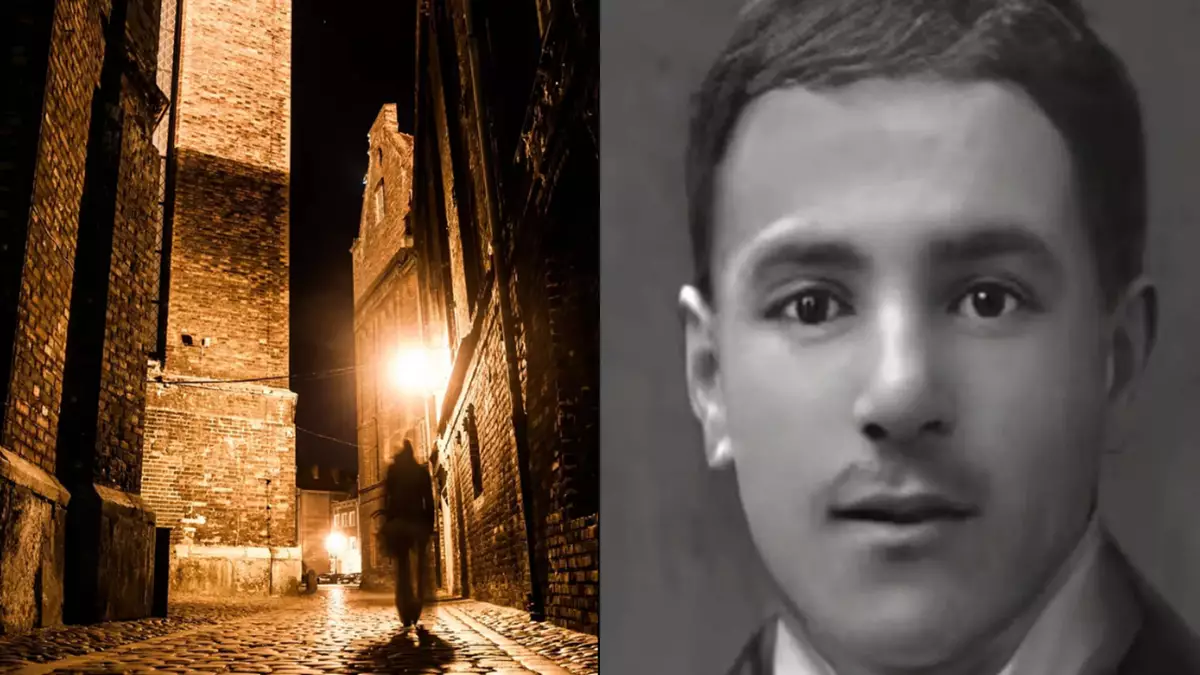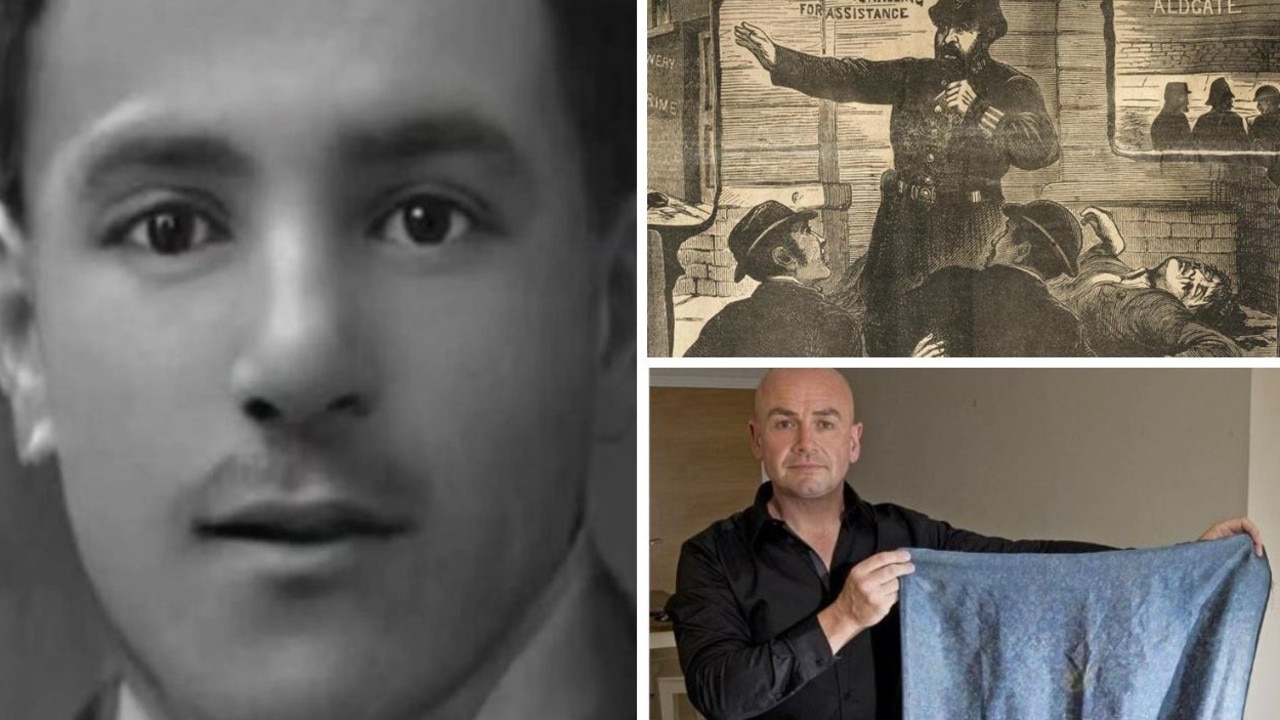After 137 years of speculation, the identity of Jack the Ripper, the infamous serial killer who terrorized London’s Whitechapel district in 1888, has been confirmed through DNA evidence. The revelation, stemming from a shawl found at the scene of one of the murders, points to Aaron Kosminski, a Polish immigrant and hairdresser known for his violent tendencies and mental instability. This shocking conclusion not only resolves a long-standing mystery but also reignites discussions about the failures of the Victorian police force that allowed a known suspect to roam free.

The shawl, once dismissed as a mere relic of the past, was acquired in 2007 by amateur sleuth Russell Edwards, who believed it held the key to solving the Ripper case. He enlisted the help of Dr. Jerry Lohan, a genetic analysis expert, to extract mitochondrial DNA from the blood stains on the fabric. Remarkably, the analysis confirmed a match with a descendant of one of the victims, Catherine Eddowes, establishing the shawl’s authenticity. But the investigation didn’t stop there; it uncovered additional DNA traces that led to a living descendant of Kosminski’s sister, further solidifying the case against him.
Kosminski, who lived in the very heart of Whitechapel during the Ripper murders, was already a prime suspect in the eyes of the police in 1888. Chief Constable Melville Macnaghten had labeled him a man of “strong homicidal tendency” in a memo written years after the murders. Chief Inspector Donald Swanson, who oversaw the investigation, also noted Kosminski’s name in the margins of his memoirs, indicating that the police were aware of his potential guilt. However, despite their suspicions, they lacked sufficient evidence to arrest him, and he was eventually committed to an asylum, where he died in obscurity.

The conditions of 19th-century London played a significant role in the Ripper’s crimes. The East End, particularly Whitechapel, was a densely populated area rife with poverty and crime, creating an environment where the Ripper could strike without fear of capture. The police, equipped with rudimentary tools and lacking modern forensic science, struggled to maintain order in a chaotic urban landscape. The foggy streets and cramped alleys provided ample cover for a predator, while the victims, often desperate women seeking shelter, were tragically vulnerable.
Despite the compelling DNA evidence, the announcement has not been without controversy. Critics argue that the age of the shawl and its history of handling raises concerns about contamination. The potential for DNA from other sources, including previous handlers or environmental factors, casts doubt on the findings for some skeptics. This skepticism highlights the ongoing fascination with the Ripper case, which has captivated the public imagination for over a century.
While the DNA evidence points firmly toward Kosminski, it remains to be seen whether this will finally quell the debates surrounding the Ripper’s identity. The case’s resolution also serves as a reminder of the limitations faced by law enforcement in the past and the importance of forensic advancements in solving cold cases. As the legend of Jack the Ripper continues to evolve, the truth behind the man who haunted London’s streets may finally be laid to rest—if only the shadows of doubt can be dispelled.






